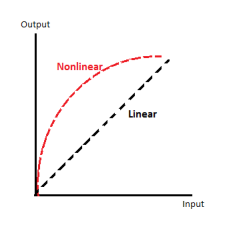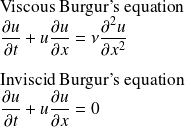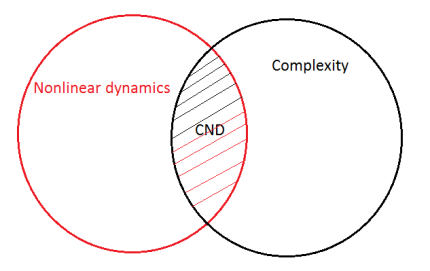What is non-linearity
A non-linear system is a system which does not satisfy the superposition principle. This means that the output of the a non-linear system is not proportional to the input. A non-linear systems are sensitive to initial conditions, this means that each point in such a system is arbitrarily closely approximated by other points with significantly different future trajectories. Thus, an arbitrarily small perturbation of the current trajectory may lead to significantly different future behavior.

As an example of non-linear partial differential equation we can cite the Burgur's equation which appears in various areas of applied mathematics, such as modeling of the dynamics of gas or vehicle traffic. It is named for Johannes Martinus Burgers (1895-1981).







